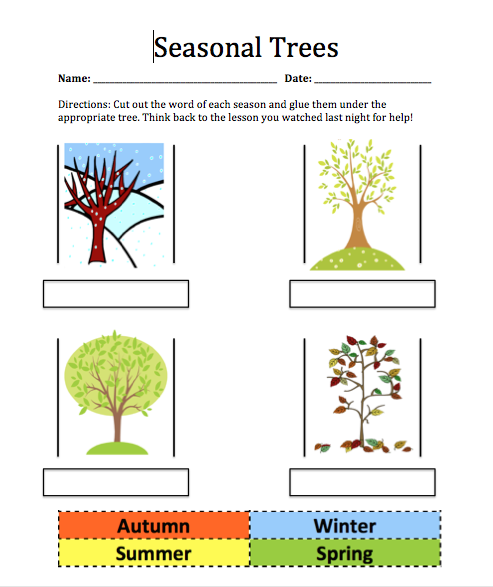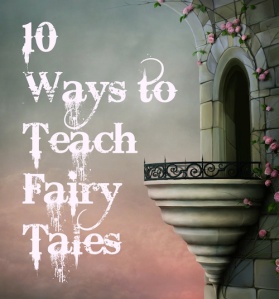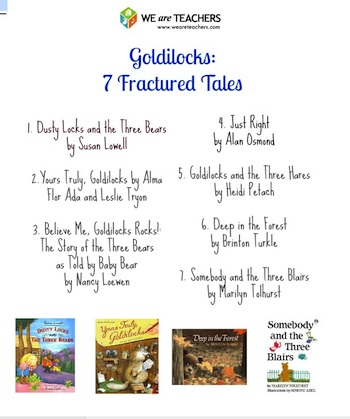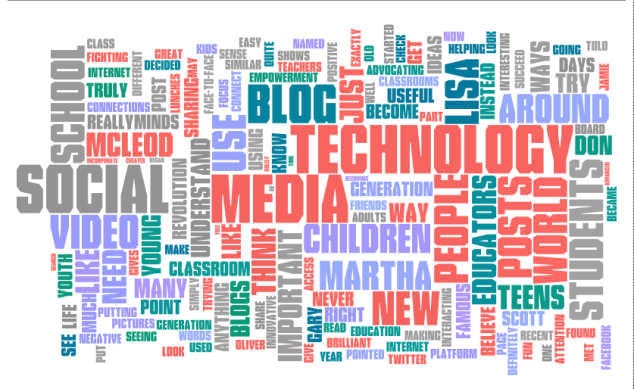The Frontline video we were assigned to watch for class was very interesting and I highly suggest you check it out if you have not seen it yet! After just watching the first chapter “Distracted by Everything” I had a lot of thoughts pop into my brain (but I encourage you to watch the whole thing…it’s really interesting!) The people interviewed in the video talked about how not many years ago, the whole world was different! I especially liked when the woman said when she went on vacation, she simply did not know anything that went on while they were gone because they did not have cell phones! These days it almost feels like people go on vacation just to be able to take pictures and share it on social media! We are no longer living in the moment; we are living in our phones and social media, which is really kind of sad.


When it got to the MIT portion of the video, I felt like I was taken right back into my college classes! Seeing as though I just graduated from college not even a year ago, I could definitely relate to those students. I know we think that we are capable of multitasking, but one of my psychology professors informed us that there is in fact no such thing as multitasking… I know I love having my laptop in front of me during a lecture because I could catch up on e-mails, browse Pinterest and other social media, and work on some homework! As much as I loved having access to all of that, I hate to say it but clearly there was no way I was fully paying attention to what my professor was saying during those lectures.

What college classes used to look like….

…compared to what college classes look like now!
Look at the image I posted right above…you can see that none of the students are looking at the same thing on their screens. I see pictures of a baby, random video websites, social media sites, etc; none of which seems to relate to what the professor has posted in the front of the lecture hall!
I can imagine how difficult it would be for a professor to stand in front of a room full of students and watch them all stare at their screens rather than engaging in the lesson! I actually feel bad for them when it feels like they’re begging students to participate because they know no one is paying attention. However, if a lesson is interesting enough, students will want to pay attention! Although I wasn’t happy about it, I found that I really did learn a lot more when my teachers had a no laptop/cell phone policy in their class. I was forced to focus on them and what they had to say. I also found that handwriting my notes actually helped me to retain the information a lot better than when I type them. I can type so quickly that I end up simply copying down exactly what the teacher provided on the slides, rather than actively processing what is being presented and writing it in my own way.

As a student, I loved being able to use my devices during class, but as a teacher I don’t think I would allow it! I think in order to actually teach students, we need everyone to be actively engaged and have conversations and discussions with each other. I think there should be certain times to allow technology in the classroom, like when the teacher knows it will actually enhance the students learning, rather than hinder it. I definitely see the benefits of using technology and I am a huge tech fan! But like I said, teachers should plan certain times and occasions for using mobile devices rather than allowing students to use them at all times. I just think it’s too much of a distraction, because I myself get distracted!

















